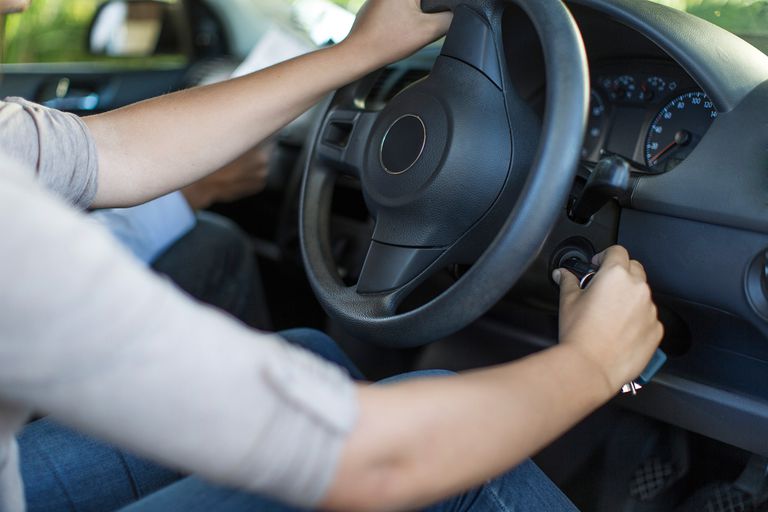Have you ever went into your car, turned the key switch just to see that nothing happens? There’s nothing more upsetting than dealing with a car malfunction instead of starting your day. Before giving up and calling a tow truck, you can try some of this advice.

1. The car makes a clicking noise:
A clicking noise after turning the key in the ignition means a dead battery. Look for the battery light on the panel. Also, it could be caused by a loose connection on the starter. If the battery is dead, you’ll need to jump-start or replace it.
2. Your car won’t start on rainy days
If the problem is just on rainy days, then you should check inside the distributor cap to see if there’s some dampness. If there’s some, then you’ll need some mechanic solvent. Take out the distributor cap, turn it upside down, pour some solvent into it, swish and pour it out. Dry with a rag and replace It. That should evaporate any moisture.
3. You hear the car cranking over, but it doesn’t start:
That can happen when the fuel supply isn’t going to your engine. Also, it could be because of electrical sparks. Check if its getting to your spark plugs.
4. The engine starts but just for a few seconds and shuts off
if your car is a classic and it has a carburetor, the problem could be there. Check the adjustment and the choke to see if it’s closing and opening. However, if your car has fuel injection, there’s no option, you’ll need professional support.
5. Car engine misses/hesitate during acceleration:
The problem can be the accelerator pump in the carburetor, spark plugs or distributor. In all cases, you’ll need a professional to diagnostic it.
6. Your car won’t start on cold days
Again, if your vehicle has a carburetor, check the choke but if it’s fuel injection. Look for professional advice.
7. Car engine misses while idling:
If the car doesn’t have a non-electronic distributor, check the points and/or spark plugs. This problem can also be caused by the fuel pump, fuel filter and/or carburetor.
8. The engine knocks or pings:
The problem can be on the timing belt, however, charging fuel with the wrong octane rating can cause these noises. Also. You can check the cooling system and doing a compression check on the engine cylinders to discard any issue there.
How To Jump-Start a Vehicle
If your car doesn’t start because of a dead battery, you’ll need to jump-start it. The best option is to call a towing company, who in just a few minutes can do a jump start without causing any damage. However, if you are in a situation where you need to do it, follow these steps:
- Take out the jumper cables. It’s better to have your own, instead of waiting for a good Samaritan, able to assist you and equipped to do so.
- Park both cars near, on Park gear, ignition shut off and emergency brakes on.
- Uncap both batteries
- Connect the cables. First the red clip on the positive terminal of the dead battery. Then, put the other red clip on the positive terminal of the charged battery. Take the black cable, put the clip on the negative terminal on the charged battery, then attach the other one on an unpainted metal surface on your car.
- Try to start the vehicle with the dead battery. If it doesn’t start, then check the cables and run the other car’s engine for five minutes (you can pump the gas a little, but make sure your vehicle is on P). Try to start it again. If it doesn’t start after this, then you’ll need a new battery.
- Disconnect the cables, with your car engine still running. Don’t shut it off, drive around to recharge the battery again.
